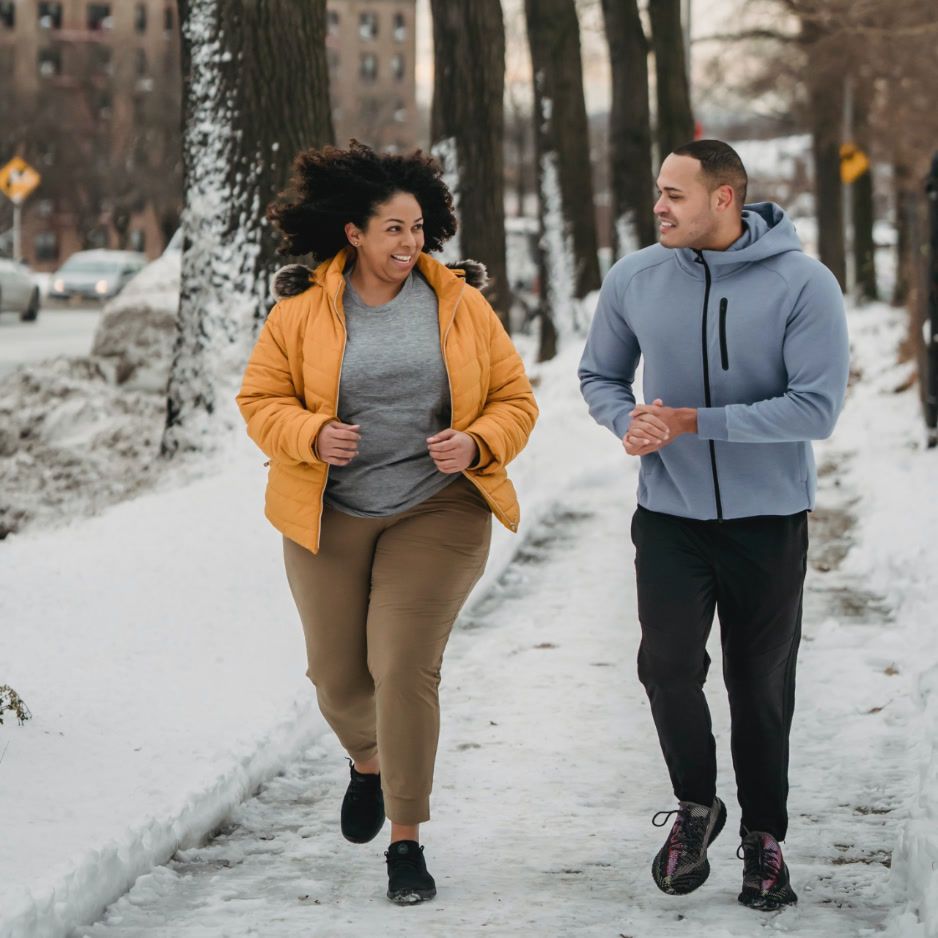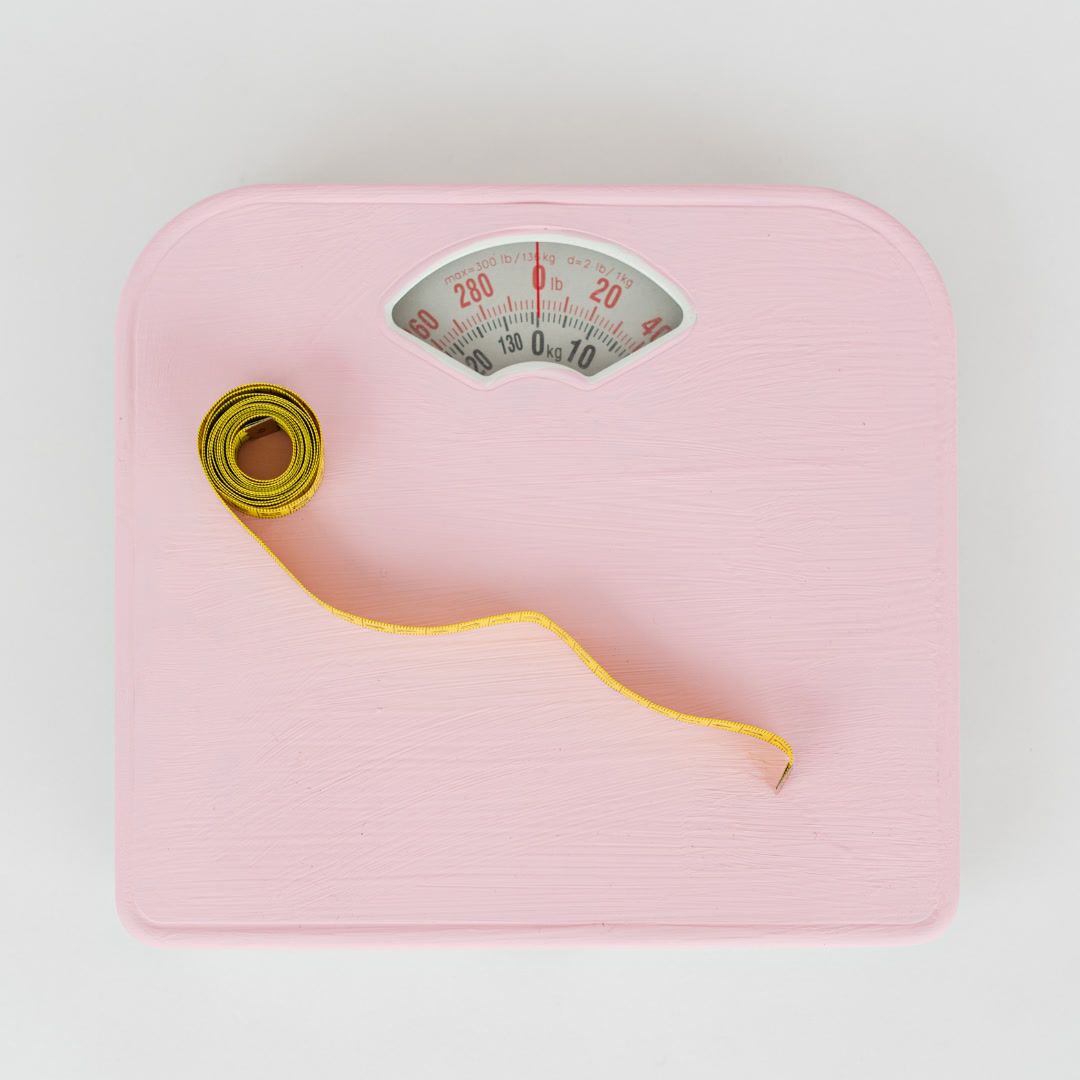Visceral Fat Scan: DXA, Cost, and Booking Guide
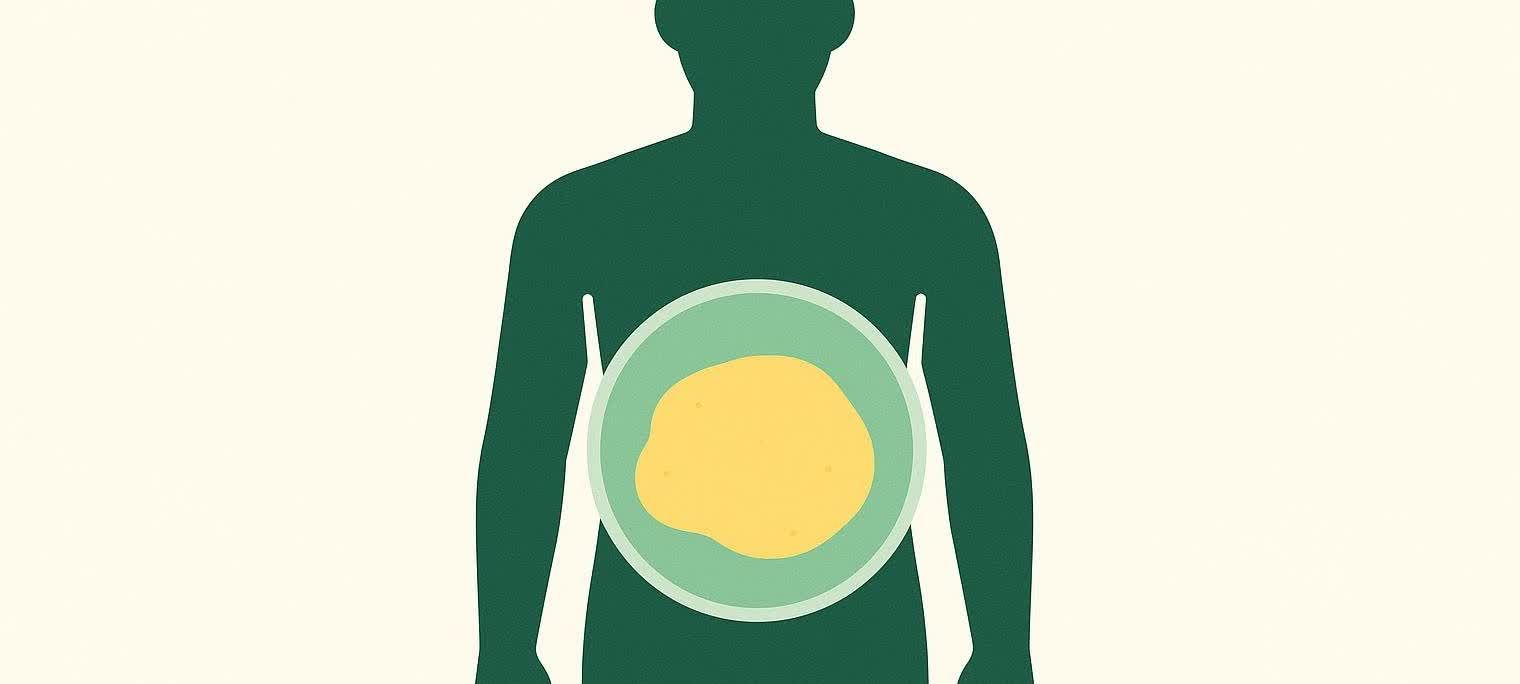
Visceral Fat Scan: DXA, Cost, and How to Book
A BodySpec DXA visceral fat scan offers a rapid, non‑invasive analysis of your body composition, providing:
- Measures visceral adipose tissue (VAT)
- Reports total body fat % and lean mass
- Includes bone density
- Takes about 10 minutes
- Prices typically range from $40–$60, with memberships offering the lowest per‑scan rates
Ready to see your numbers? Book your scan • See pricing
What a Visceral Fat Scan Measures
A visceral fat scan with DXA estimates:
- Visceral adipose tissue (VAT) in your abdomen (the fat around your organs)
- Android vs. gynoid fat (waist vs. hips) distribution
- Regional fat and lean mass (arms, legs, trunk)
- Overall body fat % and bone density
If you want a walkthrough of the report, our guide to interpreting DEXA results explains each metric, and this overview of why visceral fat matters shows how to use VAT data in your plan.
How Accurate is DXA for Visceral Fat?
- Large-scale research in the UK Biobank shows DXA-derived VAT strongly correlates with 3‑D MRI volumes (R² ≈ 0.94) across age, sex, and ethnic groups (Frontiers in Endocrinology, 2023).
- In athletes, DXA and MRI generally agree, but DXA can overestimate VAT in individuals with higher body mass or very large VAT—situations where MRI confirmation may help (International Journal of Sports Medicine, 2022).
Bottom line: for most people, DXA is a precise, repeatable way to track VAT over time, and it’s the most practical option compared with more intensive imaging like MRI or CT. For more on modalities, see our guides to DEXA vs MRI and comparing full‑body scan types.
Is a Visceral Fat Scan Safe?
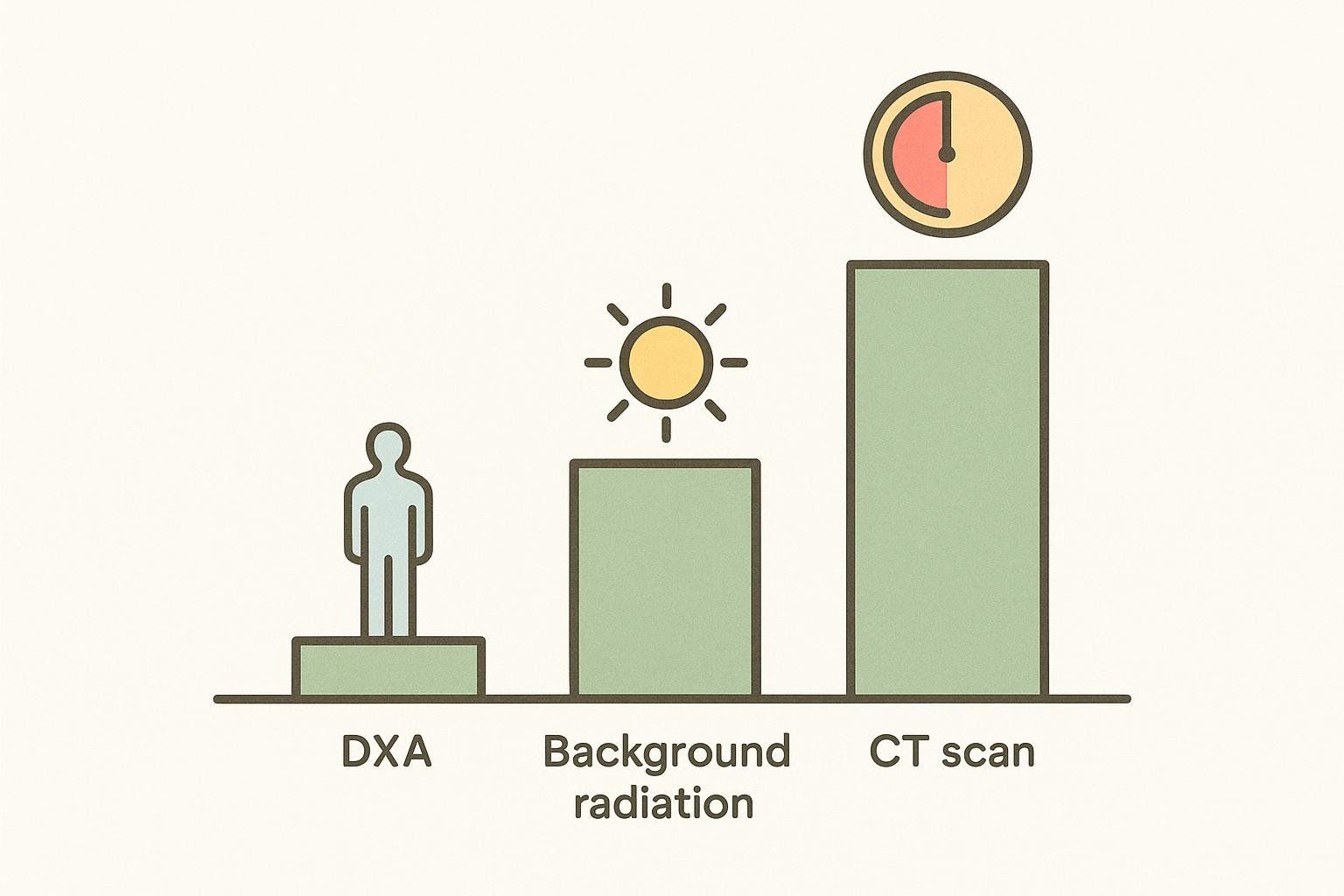
Yes. DXA uses very low doses of X‑rays. The typical effective dose is about 1–15 microsieverts (µSv) depending on system and protocol—comparable to only a few days of natural background radiation (IAEA patient guidance). For context, average natural background exposure is ~3 mSv per year, and a CT of the abdomen/pelvis is ~7.7 mSv (RadiologyInfo.org).
BodySpec cannot perform scans on individuals who are or may be pregnant. Please postpone your scan until after delivery. For more detail, read Is a DEXA Scan Safe?.
Who Should Consider a Visceral Fat Scan?

- Anyone pursuing fat‑loss or body‑recomposition goals who wants objective VAT tracking
- People with metabolic risk factors (family history of type 2 diabetes, heart disease, or central obesity)
- Athletes monitoring off‑season/on‑season body changes
- Individuals on weight‑management programs (including GLP‑1s) who want to ensure they’re losing fat—not lean mass
Working on a plan to reduce VAT? Start here: How to Lose Visceral Fat.
DXA vs MRI vs CT vs “Smart Scales” for Visceral Fat
| Method | Measures VAT directly? | Typical dose | Time | Typical price |
|---|---|---|---|---|
| DXA | Yes (estimated from 2D scan) | ~1–15 µSv | ~10–15 min | $40–$60 |
| MRI | Yes (3‑D volumetric) | None | 30–60+ min | $800–$2,500 |
| CT | Yes (area/volume by slices) | ~7,700 µSv (abdomen/pelvis example) | < 10 min | $550–$1,000 |
| BIA / Smart scales | No (indirectly estimated from electrical impedance) | None | < 5 min | $0–$200 |
How Much Does a Visceral Fat Scan Cost?
Most people pay about $40–$60 per scan, depending on the plan:
- One‑time baseline scan: $59.95
- Memberships as low as $39.95 (monthly) or $49.95 (quarterly) per scan
For the latest options—and to pick what fits your cadence and budget—check our live pricing packages. If you’re comparing providers, this overview on the real cost of a DEXA scan includes tips to save.
How to Prepare (5‑Minute Checklist)
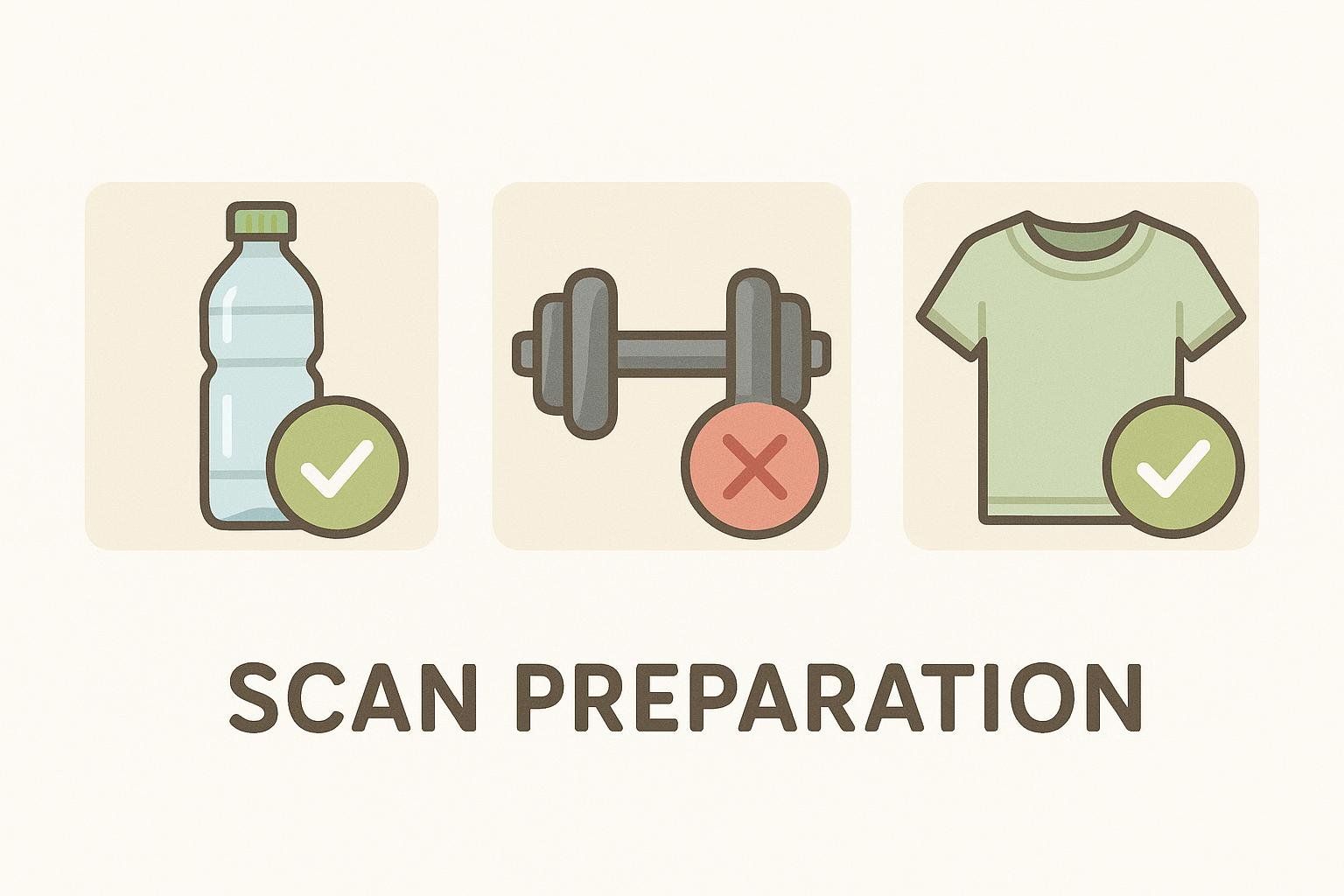
- Finish your last solid meal 4 hours before your appointment; sip water as needed
- Avoid strenuous exercise, sauna, or steam for 12 hours before your scan
- Wear light, metal‑free clothing and remove jewelry and watches
- Use the restroom right before the scan
- If you’ve had a recent imaging study with contrast (e.g., barium) within 2 weeks, reschedule and review our prep guide
What to Expect on Scan Day
- Arrive a few minutes early and check in
- Shoes off; empty pockets; remove metal
- Lie still on an open, flat table for about 10 minutes
- Get your digital report the same day, including VAT, total fat %, lean mass, and bone density
How Often Should I Scan?

- Quarterly works well for most fat‑loss or recomposition goals
- Monthly can help during active interventions (new nutrition plan, GLP‑1 therapy) or coached blocks
- Tailor frequency with your coach or clinician; see When to Get a DEXA Scan and How Often
Find and Book Near You
We’re actively expanding—including new cities and more mobile clinics. To see the current list of locations and dates (updated in real time), go to our booking page and choose what’s closest to you:
The Bottom Line
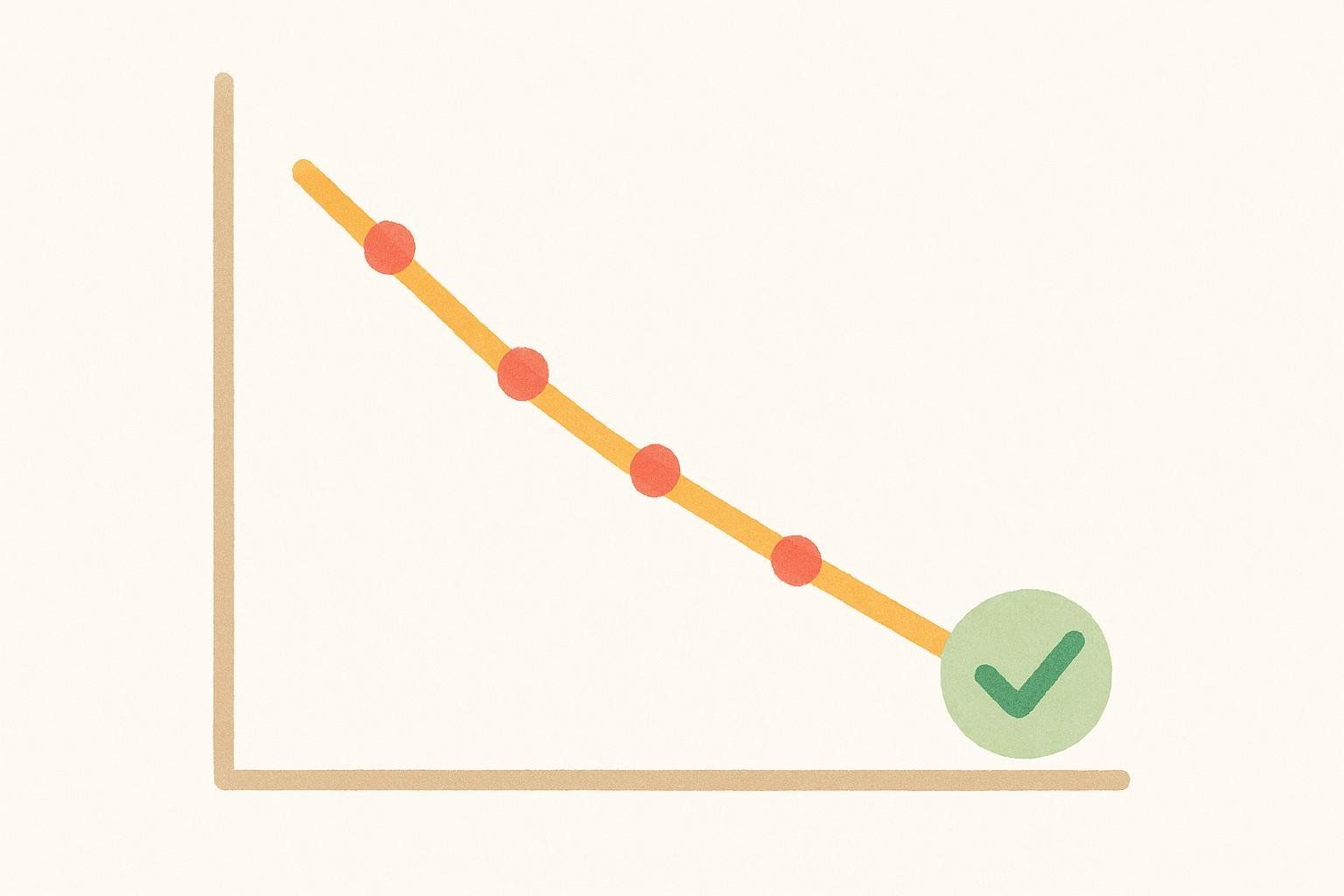
A DXA visceral fat scan gives you clear, objective VAT data—fast. It’s safe, accessible, and cost‑effective, so you can track real progress and adjust your plan with confidence. Book today and turn your goals into a measurable plan.
